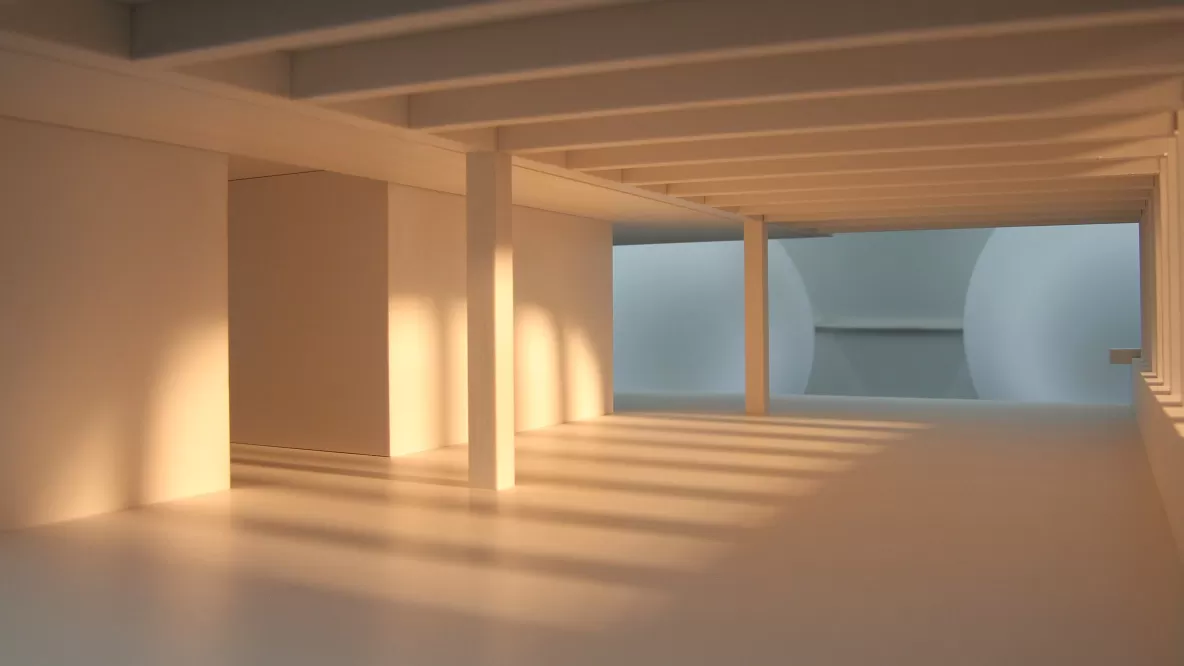
Light is the elixir of life.
Without it, we would wither. With enough of it we blossom. Daylight is essential for our physical and mental wellbeing. But not only its influence on the human biorhythm is relevant, also that on our performance and our mood. As the so-called indoor generation, we spend up to 90 percent of our time indoors. When planning a building, the consideration of daylight is therefore of particular importance. As lighting designers, we are experts in this field and should be directly involved in the planning process – ideally as soon as possible.
For one: Light determines what we see. But it also affects the atmosphere in rooms. Artificial light is static, so it is easier to control, it can be distributed and shaped efficiently. Daylight, on the other hand, changes dynamically. In terms of an additive concept, artificial light is added to natural light in the architectural concept. With our services, we see ourselves as part of a team of experts: In order to ensure the ideal proportions of a building for the natural influence of light, we analyze the daylight conditions within the architectural spaces in cooperation with the architects and suggest optimizations.
Aspects such as floor plans, transmission of the glazing, atriums and courtyards, geographical orientation, position in the urban environment (e.g.: reflective facades and shading) are decisive. To be able to anticipate and assess all these components as realistically as possible, we use digital calculations of parameters and animations as well as the daylight dome. We are the only company in Switzerland that can use this custom-made tool to simulate the interplay between light and building realistically, i.e.: make it measurable and “tangible” – with astonishing authenticity in terms of the sensual aspects.
Especially in connection with energy-efficient buildings, standards such as Minergie or the common labels for sustainability (DGNB Swiss, SGNI, LEED, WELL), the ideal use of light is becoming more and more important and valuable. First of all, the distribution of natural light in the room must be determined, after which an energy-efficient artificial light plan can be set up. This in turn has an impact on the materials used, the choice of color, etc. The aim is a symbiosis of daylight and artificial light design as a component of quantitative and excellent lighting. Ultimately, this is extremely important for the quality of a building and thus also the health of the people using it.